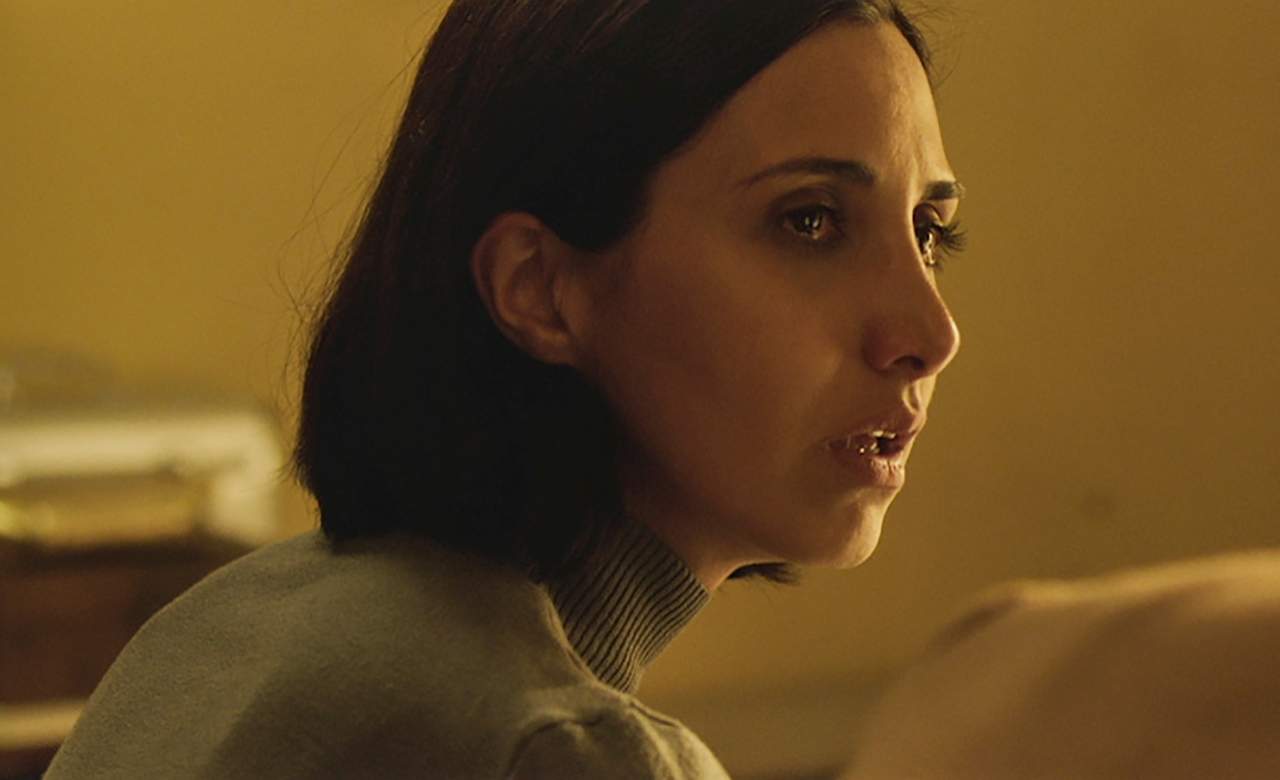Under the Shadow
This unsettling Iranian horror film succeeds on every level.
Overview
When things start going bump in the night in Under the Shadow, supernatural forces aren't the most obvious culprit. The first time the walls start to shudder, it's because a missile has struck the building that aspiring medical student Shideh (Narges Rashidi) shares with her doctor husband Iraj (Bobby Nadri) and their daughter Dorsa (Avin Manshadi). The year is 1988, and Tehran is still in the throes of the Iran-Iraq war. Here, trembling, crumbling structures are far from uncommon — and neither is an unhappy fate.
The film's era and setting both ooze unease, something that first-time writer-director Babak Anvari uses to his advantage. From the moment the movie opens with Shideh trying and failing to resume her studies after period of political activism, the historical circumstances behind Under the Shadow never escape attention. At home, Shideh is clearly unhappy as she argues with Iraj about their choices — and the relative freedom he enjoys, compared to her housebound life as a wife and mother. She's trapped several times over: in a veil whenever she steps outside, in her apartment due to her role in her family, and by the combat that rages on the streets. The only thing that could make her situation even worse is the ghostly entity that arrives with the missile and tries to lure Dorsa away.
The horror genre has enjoyed a long history of processing trouble and trauma through otherworldly occurrences, and of examining the struggles of femininity, too. Think Rosemary's Baby's devilish interpretation of motherhood, The Exorcist's head-spinning take on puberty, and It Follows' infectious look at teenage sexuality, just to name a few. Following in their footsteps, as well as those of recent Aussie effort The Babadook, Under the Shadow probes its oppressive, war-torn setting – and Shideh's place in it as a woman – via the tropes of an unnervingly effective haunted house story.
Indeed, while it's the statement behind the scares that lingers long after viewing, Anvari's mastery of genre conventions is no less potent. Intelligent commentary and evoking a physical reaction go hand-in-hand in Under the Shadow, with the latter achieved through an array of fright-inducing techniques. Roaming camerawork stalks through Shideh's apartment to unsettling effect, while glimpses of seemingly ordinary rooms reveal spooky sights over time. Anvari knows when to creep and peer, and when to run and shake — and both inspire a response.
Under the Shadow doesn't just hit the mark on a thematic and visceral level, however. It also navigates complex emotional terrain. In addition to charting the havoc caused by Dorsa's new supernatural pal, the film's narrative is one of ordinary lives impacted by conflict, and of a woman living in a society defined by restrictive gender roles. That's where Rashidi proves not only to be the movie's unblinking eyes, but also its unwavering heart. She jumps, like the audience, but she also refuses to give in. In doing so, she provides viewers with an insight into the many sinister aspects of her plight, and leaving them wondering just which part is the most terrifying.
Read our interview with director Babak Anvari here.







